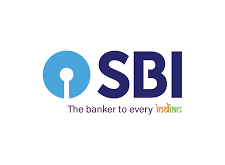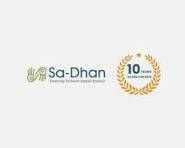This also suggests that people are becoming more aware of the importance of mental health and no longer view it as taboo, which has led them to seek counselling for mental health concerns such as anxiety, depression, or stress.
Ms. Mahua Bisht, CEO of 1to1help, stated, “Last year, we embarked on the journey of providing industry leaders with authentic, reliable data and actionable insights based on our counselling sessions. Each year, we seek to improve the data we share as well as the impact we deliver, and you will see more granularity in the findings of this year’s report. What really stood out to me this year was that we were able to reduce symptoms of depression and anxiety, significantly and demonstrably for individuals struggling with these issues in as few as three sessions.
In addition, we found that managers can play a life-changing role, as over half of the manager referrals we received involved a presence of suicidal risk.
This shows the importance of organizations and crucially, of managers in helping employees reach the right support at the right time.”
Major Highlights from 2024:
1. Mental Health and Workplace Relationship-Related Concerns on the Rise
The support sought through counselling for mental health concerns such as anxiety, depression, and stress increased to 15%. While counselling related to workplace concerns constituted 11% of the total counselling sessions, workplace relationship-related discussions claimed the top spot, comprising 23% of all such discussions.
2. Gender-Specific Insights
Counseling uptake by men rose by 7%, with 70% of financial consultations being undertaken by men, reflecting their worries about financial anxiety and societal pressure surrounding their role as the ‘breadwinner’ of the family. Notably, there was a disproportionately larger representation of women in counseling with 52% of all counseling sessions being taken by women despite their lower representation in the workplace. Interestingly, 60% of relationship counseling was sought by women, affirming the emotional burden they often bear, in nurturing relationships.
3. Generational Differences in Mental Health
The findings reveal that signs of depression and anxiety were more pronounced among individuals under 30 than those over 45 years. This is likely attributed to stressors like relocation, career changes, and relationship difficulties in their early and mid-twenties. Organizations can support their young employees by facilitating open communication, demonstrating flexibility in work arrangements, and providing opportunities for growth within their organizations.
4. Distress and Suicide Risk Cases Surge
The data reveals a 22% increase in suicide risk and a 17% increase in distress cases compared to 2023. Alarmingly, 59% of employees referred by their managers showed signs of self-harm, reaffirming the need for manager training to help and support distressed employees. The report also reveals that the dependents of employees are at higher risk of suicide, stressing the need to extend emotional well-being assistance to employees’ family members as well.
5. Digital-Life Balance: A Growing Concern
According to the data, only 3% of individuals maintained a healthy digital balance, with most finding it challenging to disconnect from devices. This highlights the need to prioritize non-digital engagement and provide strategies to help employees manage technology use effectively.
6. Effectiveness of Counseling
98% of individuals achieved their goals or made significant progress within just three counseling sessions, underscoring the tangible impact of timely mental health support. Among those who initially screened positive for depression, 53% reported a significant decrease in depression symptoms, and 48% reported decreased anxiety. These results show that structured counseling can effectively address emotional challenges and promote well-being in a short period of time.
The data released in this year’s 1to1help report highlights the urgent need for organizations to prioritize mental health by fostering psychologically safe workplaces, training managers to identify distress, and extending EAP services to employees’ dependents. It also suggests that by encouraging digital detox initiatives organizations can further promote healthier work-life integration.
 Newspatrolling.com News cum Content Syndication Portal Online
Newspatrolling.com News cum Content Syndication Portal Online







